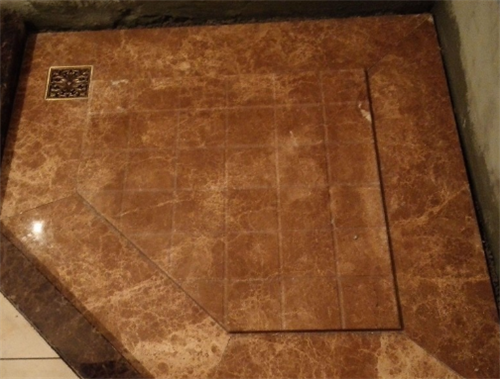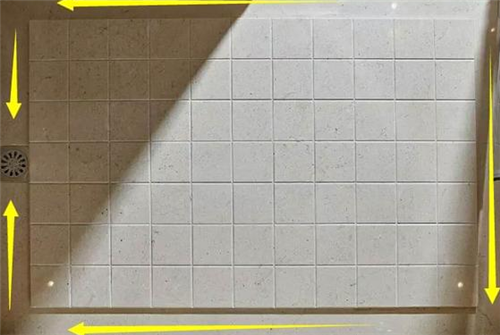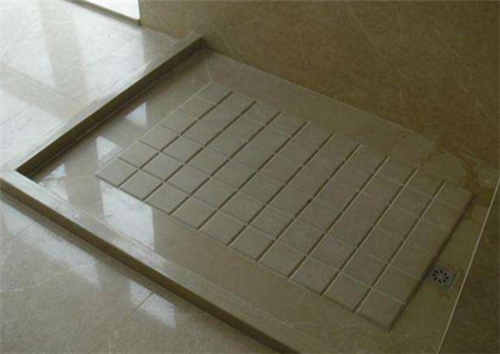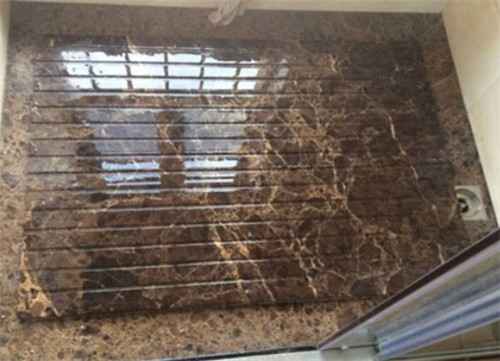
Home / Blog Center / Chargers / Construction Steps for Shower Room Drain Channels
Construction Steps for Shower Room Drain Channels
25/12/2024 | Hawkrown
The shower room has many construction methods. Some people directly use non-slip ceramic tiles on the shower floor, which is a low-cost option and easy to clean. However, it faces challenges with drainage, as water can easily accumulate. Therefore, the design of a shower room with a drainage groove has emerged, which significantly improves slip resistance and simplifies drainage. Today, I will introduce the construction steps for a shower room drainage groove.
Construction Steps for Shower Room Drainage Groove
1. First, purchase a piece of marble or ceramic tile and process the surface into a groove shape with a distance of about 1 cm, either in a striped or grid pattern.
2. Then, install the material in the middle of the shower room, ensuring that the tiles with grooves are placed higher than the surface of the floor tiles when laying them.
3. Finally, install the surrounding drainage channels, completing the construction of the shower room drainage groove.

Advantages of Shower Room Drainage Groove Design
1. Quick drainage, preventing water accumulation. After using the shower, even with non-slip tiles, it can be challenging to avoid slipping. The drainage groove design acts like a drainage network, guiding water through horizontal and vertical channels to the sides, which are designed with a drainage slope, allowing for swift drainage without standing water.

2. Reduced slip risk. Standing on the groove surface feels more comfortable, and the design minimizes slip risk, making it suitable for households with elderly individuals and children, ensuring safer use.
3. Improved aesthetic appeal. This design alters the traditional floor pattern, with horizontal and vertical textures adding a more sculptural quality, enhancing the overall decor.

Disadvantages of Shower Room Drainage Groove Design
1. Hard to maintain cleanliness. Cleaning the grooves can be difficult; if not addressed promptly, they can accumulate water and develop unpleasant odors.
2. Risk of stubbing toes due to the height differences, which can pose a safety hazard if one is not careful.
3. Higher craftsmanship costs. If using ceramic tiles, they are prone to chipping; marble is typically used instead, but it requires repairs, which can be difficult to restore to its original condition.

In summary:this article describes the construction steps for the shower room drainage groove, hoping it will be of help. If you want to learn more related content, please follow our website.












